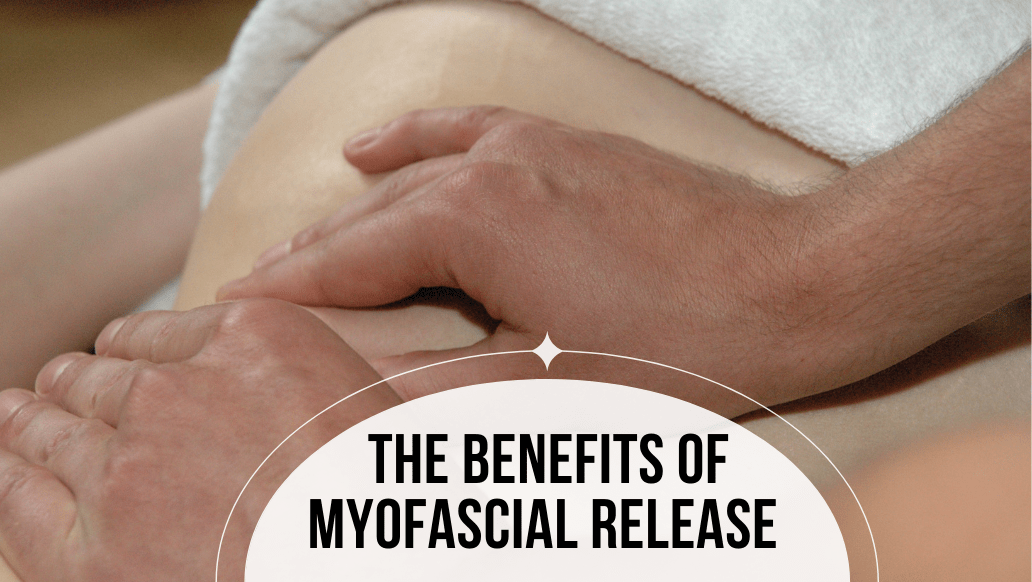Myofascial release is a safe and effective neuromuscular treatment that involves pressure being applied into the Myofascial connective tissues without creams or oils to the skin.
Many benefits can come from Myofascial release. Let’s look at what these are.
What is Fascia?
To understand the benefits of myofascial release, it’s good to know what it is that it actually treats.
If we were to look at our fascia, it would look similar to a spider’s web. In one continuous structure, it would cover every bone, muscle, artery, vein and nerve, and internal organ, including the brain, heart, lungs, and spinal cord.
Fascia plays a critical role in the function and support of our bodies. The fascia is relaxed and can stretch and move without restriction in a healthy state. But when someone experiences trauma that results in short-term or chronic pain, the fascia can lose its flexibility and become tight, restrictive, and cause tension to the rest of the body.
The Benefits of Myofascial Release
Myofascial release aims to restore the fascia’s natural flexibility and relaxed state. Therapists will want to get to know your individual body and concerns to try and pinpoint areas where the fascia is restricted or tight.
Therapists will apply pressure to areas that feel tight or inflamed. This can feel intense or painful sometimes, but the therapist will always work within your limitations. They will often identify ‘trigger points’ and try to release the tension in these trigger points to stimulate relaxation.
The benefits that myofascial release can have include:
- Pain relief, particularly pain in muscles
- Improved posture and range of movement
- Better flexibility
- Encourage blood flow and circulation: releasing tension can improve blood flow
- Relieve stress
- Release knots and trigger points
- Relief from headaches
We all experience pain at some point in our lives and often feel our body is tense or ‘knotted up’. For example, sitting at computers for long periods can cause noticeable tension in our bodies. Many of us seek a release from this tension.
Others suffer from chronic pain conditions, such as fibromyalgia, chronic migraines, hypermobility, or carpal tunnel syndrome. In these instances, myofascial can be used to address these long-term conditions and help sufferers seek benefits over some time.
Myofascial treatment can often make patients feel a bit sore or tired the following day. The sensation is similar to delayed onset muscle soreness (DOMS) as the connective tissues have changed, your range of movement should remain improved. This is entirely normal, and your therapist will be happy to reassure you.
Acubody aims to help the whole body through treatment and encourages active participation from their clients while performing myofascial release. This is to help them become more aware of their body and their ways of moving.
If you’re interested in knowing more about what we can provide or other available treatments, please contact us here. We would love to hear from you.








